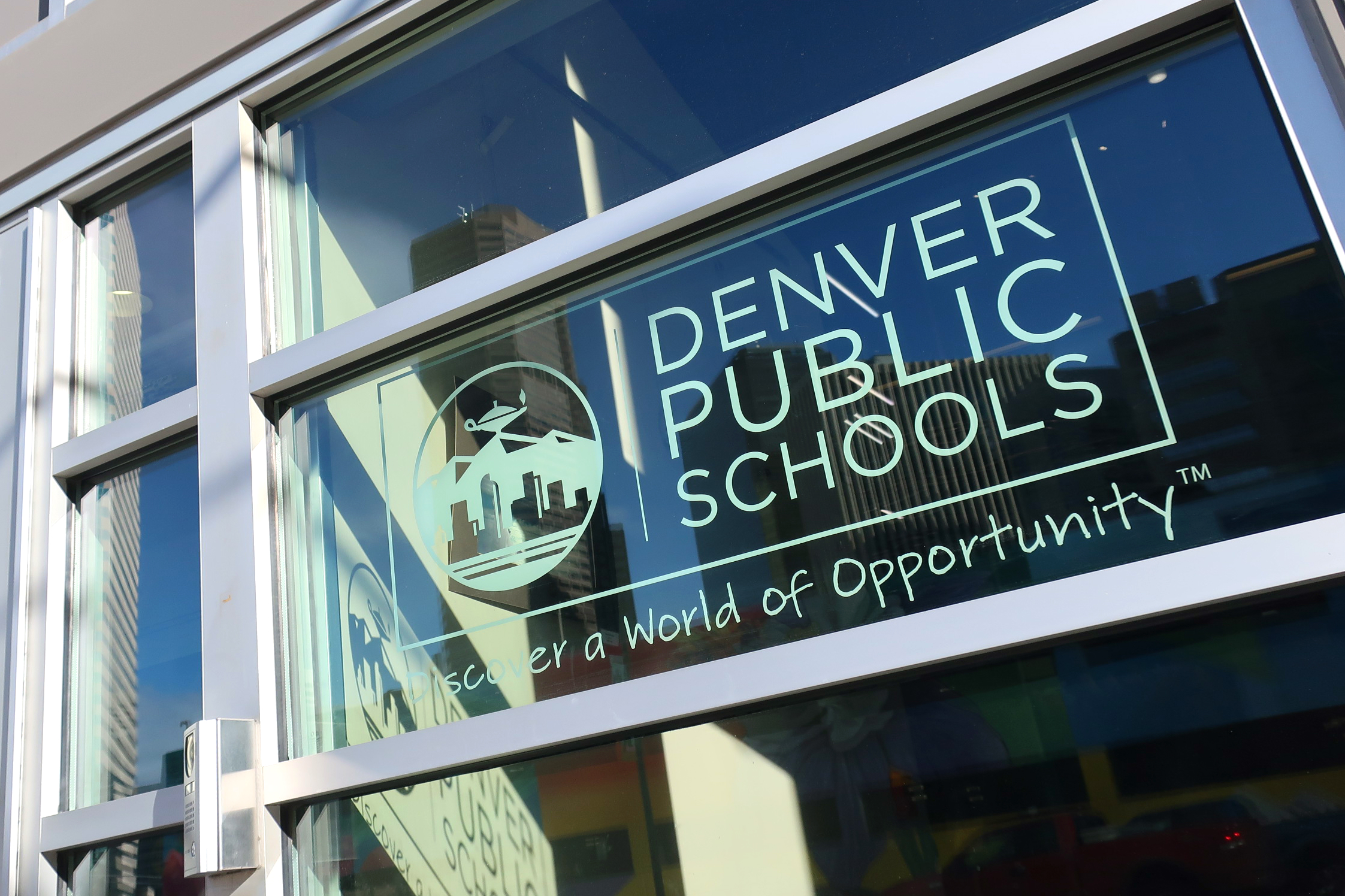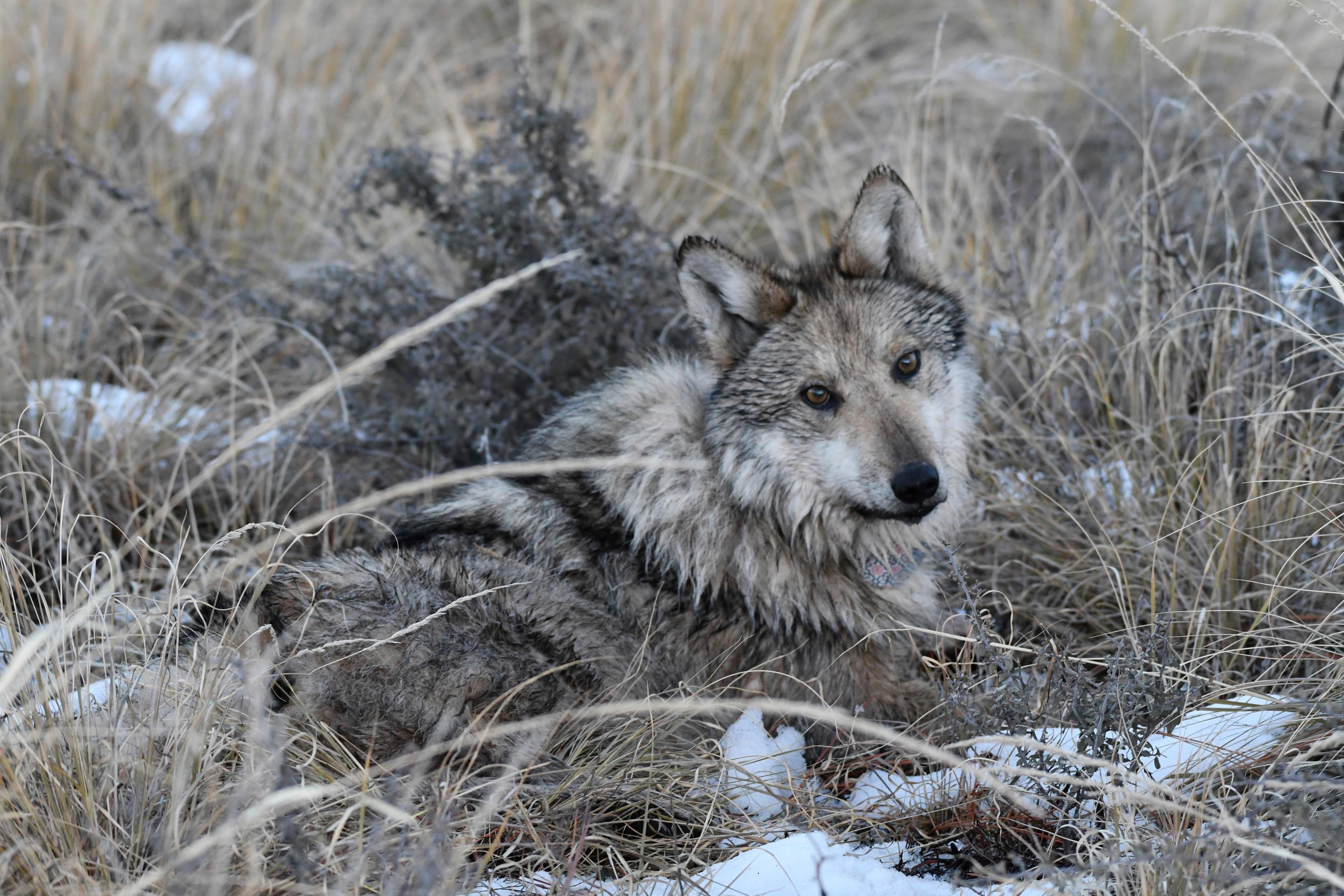
This week Hal wonders what the night sky would look like from a different perspective.
How bright are the brightest things you see in the sky?
As you remember from school, there are forms of electromagnetic energy, such as radio waves, that have wavelengths that can be measured in miles, while at the other end of the spectrum, gamma rays have wavelengths so tiny several could fit across a hydrogen atom.
If we could actually see the different parts of the electromagnetic spectrum, the night sky would appear as a very different place. The brightest thing you would see, outside our solar system, would be a spot in the sky in the constellation Cassiopeia, which is visible to Southern Colorado and Northern New Mexico listeners year-round in the Northern sky.
In 1947, early radio astronomers, using the first radio arrays designed to listen to the universe in other than visible light, detected a very bright source of X-Rays which they name Cassiopeia A. Initial observations with optical telescopes showed nothing, until 1950, when the cloud of gas, expanding at 10,000,000 mph, was discovered. Later, at the heart of that cloud, astronomers discovered a neutron star - a freak of nature that is the remnant of a massive supernova explosion. These neutron stars may only be 5-7 miles across, but weigh twice as much as our Sun. They are the densest and smallest stars in the universe, only a few steps away from being a black hole. And be glad it’s 10,000 light years away, because this little neutron star is spewing out x-rays at a rate that would wipe out life on any nearby planet. But, any planets nearby were blasted to bits when the star exploded, so the x-rays may be the least of the problems in that neighborhood.
If you’d like to take a closer look at the stars, or any of the other wonderful and amazing things in the sky, please visit KRCC.org or CSASTRO.org for a link to information on our monthly meetings and our free public star parties!
This is Hal Bidlack for the Colorado Springs Astronomical Society, telling you to keep looking up, Southern Colorado!








